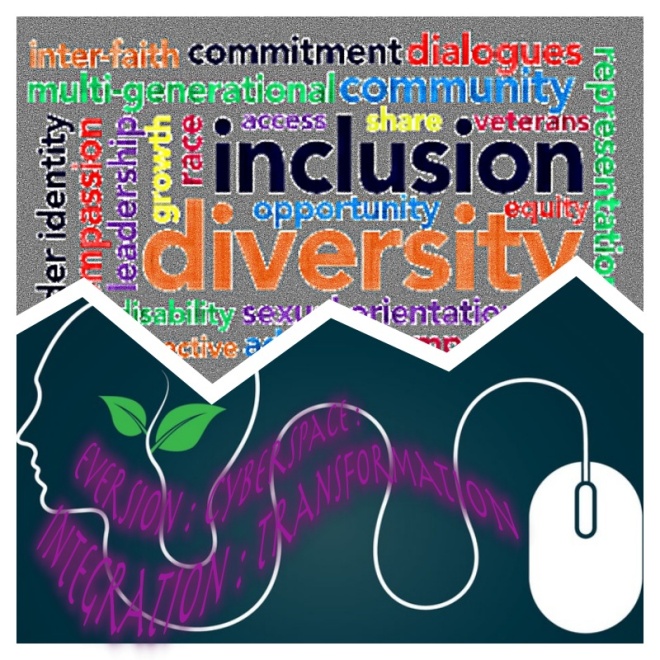Given my freedom to choose from the incredible mix of fantastic articles from DDH, I settled on these three:
- Navigating the Global Digital Humanities: Insights from Black Feminism – Roopika Risam
- Ecological Entanglements of DH – Margaret Linley
- Human Computation – Stephen Ramsay
There are a few reasons why these particular pieces drew my attention, most importantly was the diversity of topics that all interrelated and intermingled to the point of being interdisciplinary. While each topic is different, that diversity has interesting points of intersection in which to pull out an array of possibilities that are applicable to my own work within the humanities. I won’t deny that each article also held an interest for me beyond their inherent relationality. The idea of exploring DH from the perspective of a black feminist held its own fascination for me. Risam brought out some really interesting ideas for me, especially from a historical and ideological sense wherein the power dynamics in DH have hindered more marginalized communities. Thinking of marginalization in terms of how best to approach ideology and theory, especially in terms of interdisciplinary studies, and how DH can improve is what so interested me about this article.
I also really like the thought of rethinking a digital space within ecological terminology and ideology that is at the forefront of Linley’s article. How different people have approached this subject from a variety of positions and yet, the terminology is rooted (no pun intended) in ecological verbalism. I think it is extremely helpful to view the digital space, space signifying a place to be used or occupied, indicating a physicality that is integral to the digital realm. From this point of view, our interactions are both digital and physical, we inhabit these spaces and interact with them. This is what is what I found fascinating about the Linley article… The tracing of these entanglements.
If I am entirely honest with myself, I wasn’t sure what to expect exactly from Ramsay’s Human Computation article. I had certain expectations in my head and was under the impression that it might bring up Haraway’s theory on cyborgs. However, what I thought and what the article is are two entirely different things, and it was a pleasant surprise that made more sense within the context of the work being done through the entire project. The focus on why the Humanities and DH are so integral to each other really tied all of my readings together. It really made me appreciate all of the readings we’ve done through the semester.
All these articles tie together with our previous readings in different ways, but the ones that tie everything together in a neat bow would be: interdisciplinarity, importance of the humanities to DH, and interactions/communications within a digital space. These aspects also work into my own project, or at least, give me ideas that I can utilize in realistic and productive ways. I think that is important, the conceptualization of productivity. Not so much in terms of quantity, but in overall quality. It makes me consider these aspects in terms of productivity: is it useful? Is it inclusive? What does it say and how does it say it? I really like the idea of creating something useful, something that will outlast me, or at least benefit others. It puts into perspective the fact that the humanities has something to contribute to DH, that I have something to contribute to DH and that it can be a stand in for the humanities and projects beyond just data mining and algorithms that are cold hard sources of pure math and science.



